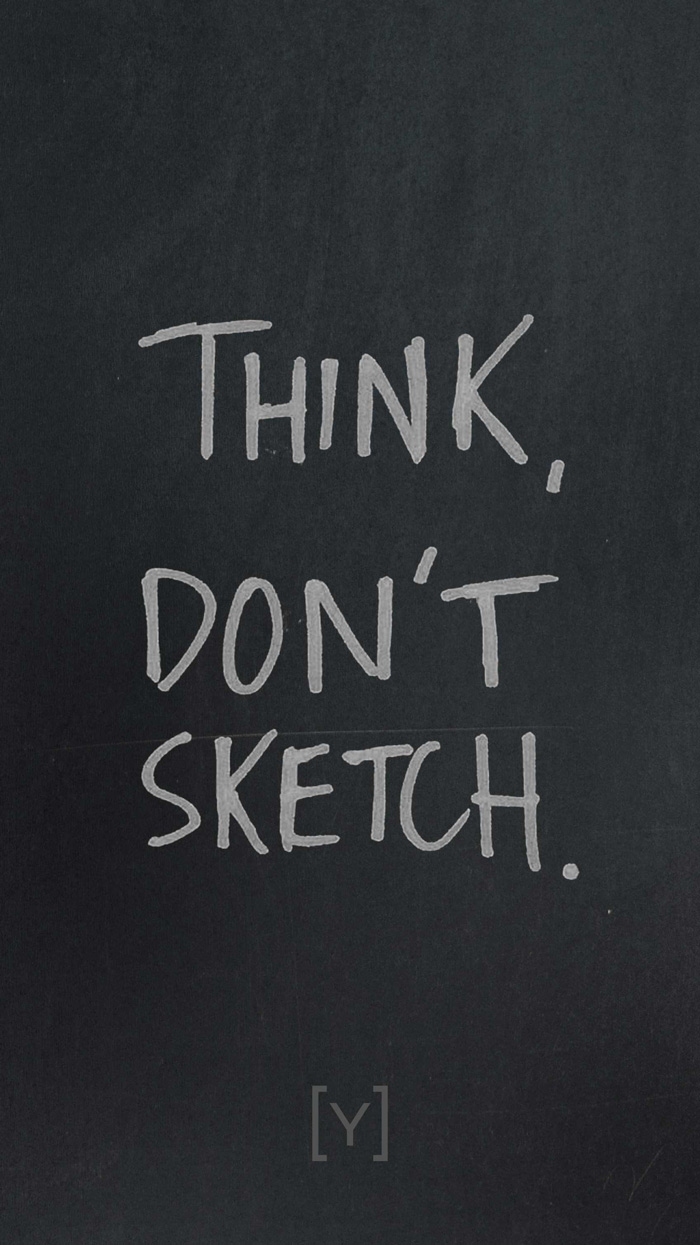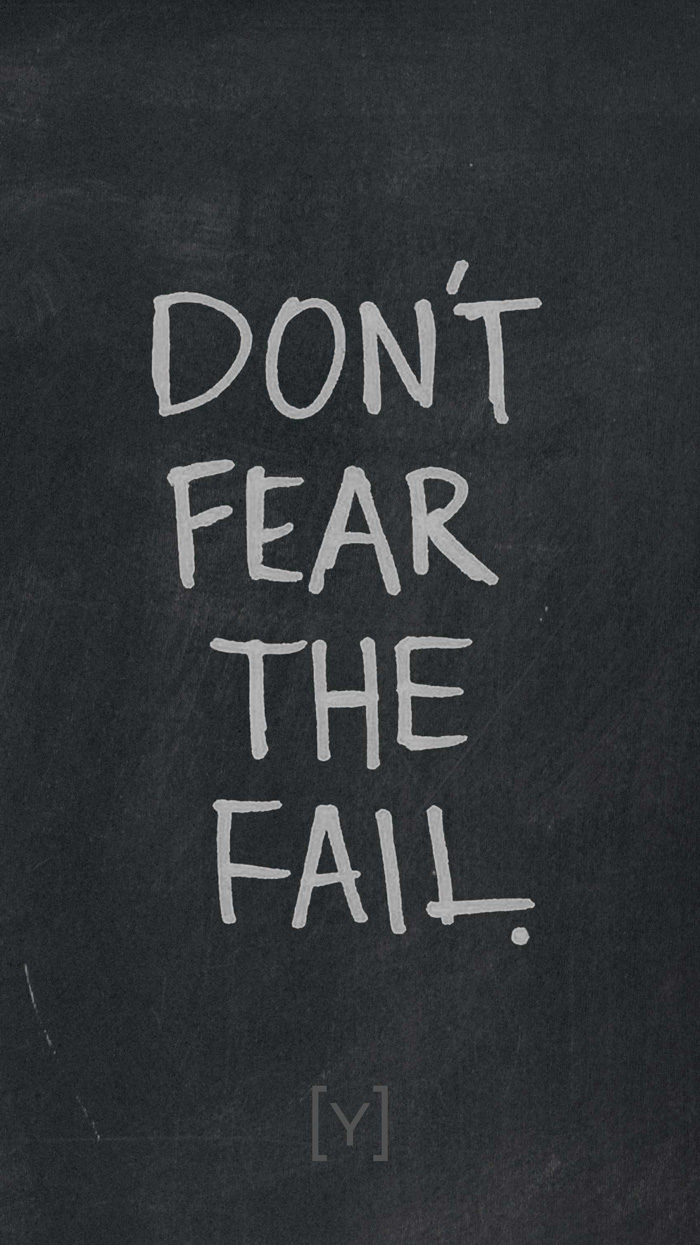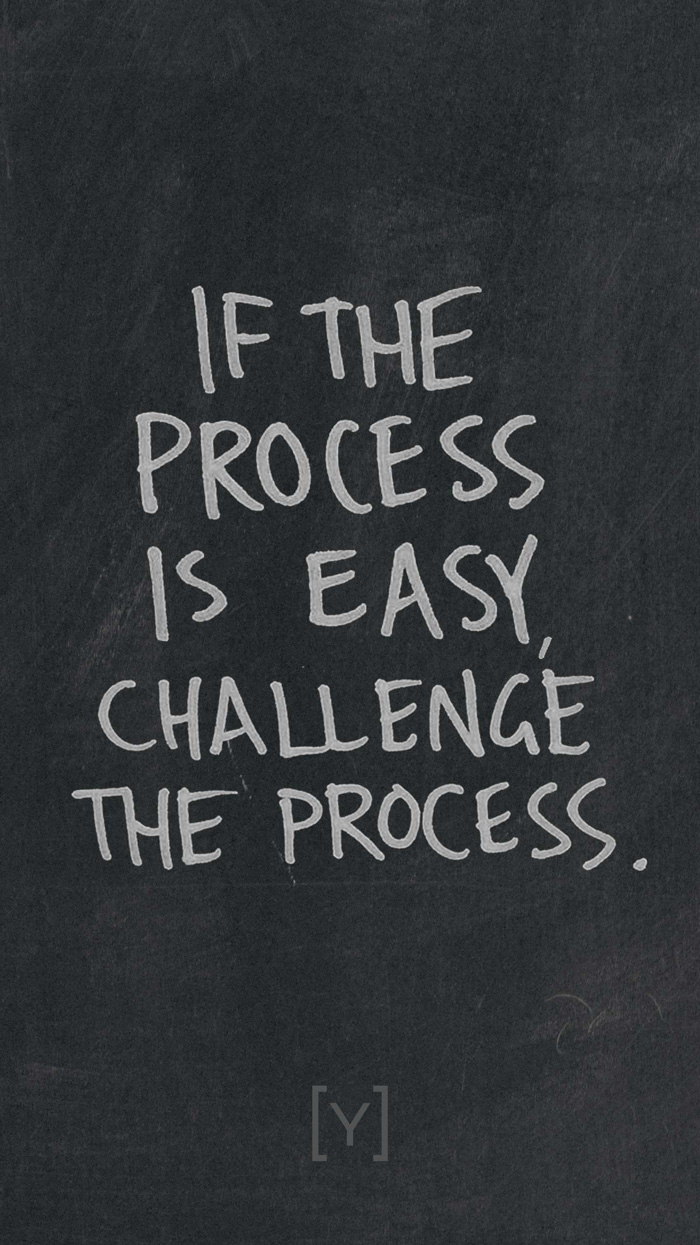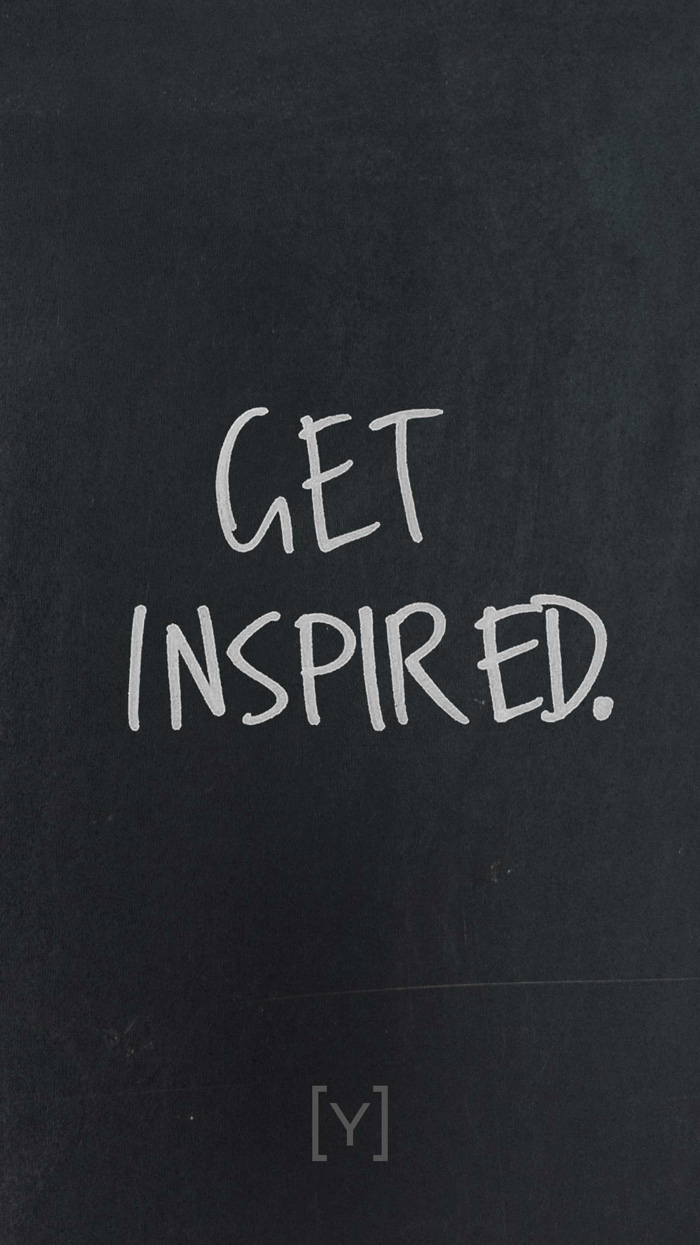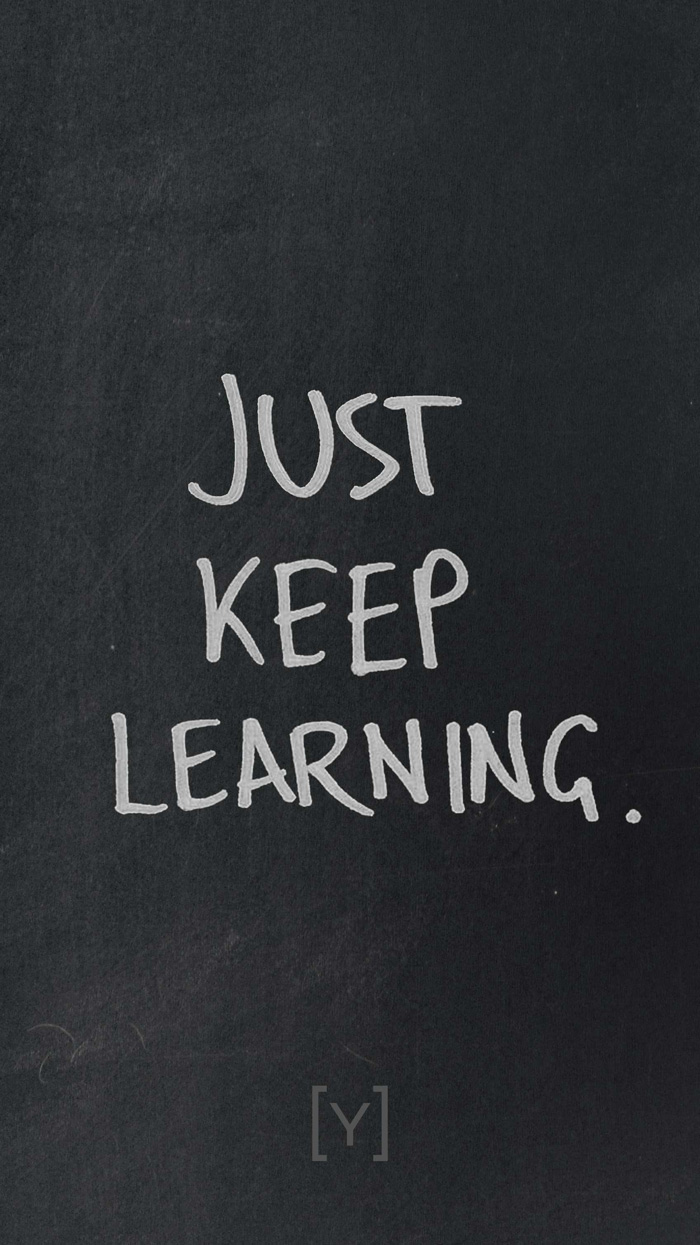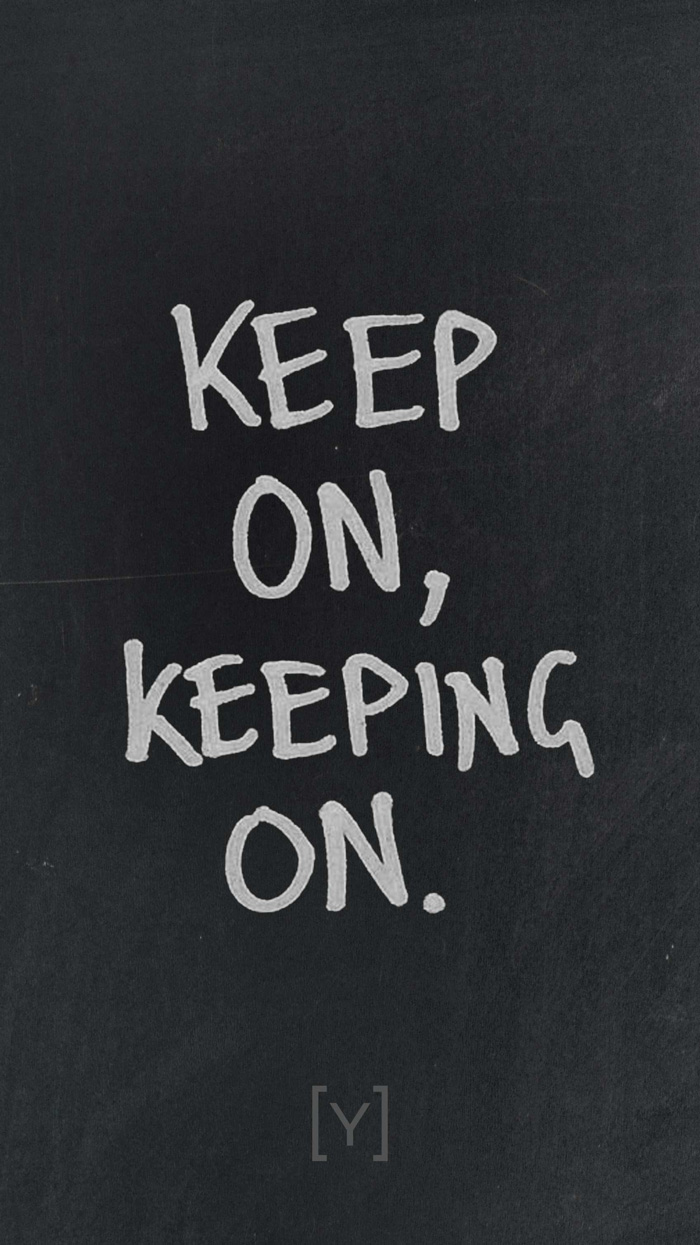agIdeas international design forum – 6 lessons from world’s top creatives
SGY attended the annual agIdeas International Design Forum on May 14th to listen to, and get inspired by, the crème de la crème of the design domain from around the globe.

Over one day, a whole range of talented people from a multitude of different design backgrounds were invited to share their story and interesting projects with the packed auditorium at the Melbourne Convention and Exhibition Centre.
While the speakers originated from different fields of design and creative, ranging from type design and illustration to graphic design and art direction, it was interesting to observe how there were clear similarities in how each creative worked their crafts.
Although taking notes in the pitch black auditorium posed a bit of a challenge, luckily we managed to decipher most of our scribbles after an intensive perusal session. We’ve now compiled the key insights from the speakers into a neat summary, highlighting the most important lessons learned from the world’s top minds in the design industry.
1. Start Thinking, Not Sketching
A common theme surfacing across the speeches of many of the speakers was the importance of ‘the idea’.
Slovenian graphic design virtuoso Radovan Jenko summarised this notion perfectly with his broken English: “start thinking, not sketching”, and continued to add that passion and fun of the idea are the most important elements, not the program you use to make it in.
In turn, Amina Horozic, an industrial designer working at industrial design and branding firm Fuseproject, underlined how important it was to design for a distinct purpose and get into the mindset of the client. She even went so far as to say you begin to feel a sense of protectiveness over your client, as your ideas are in the long run there for the client and in general to make life better in some shape or form.
It was clear that a designer should think less about ‘my idea’, and rather about ‘our solution’ – the ultimate manifestation of the partnership between the client and the designer.
Perhaps the most inspiring reference to the concept of ‘the idea’ was Creative Director Masashi Kawamura’s, who spoke of making things different in order to make different things.
More specifically, Masashi was passionate about storytelling and creating your own tools to tell the story – not reaching for the first immediate tool like a computer or a pen, but challenging the norm and finding other methods and objects to illustrate the vision.
2. Failing Is Good
It’s something that we hear over and over again, but it’s true – regardless of the design discipline the speakers specialised in, there was consistent agreement across all of them that the best way to learn is through failure.
Self-proclaimed ‘artvertiser’ James Brown of MASH, started his talk by showcasing his old “shit” work he had done as a junior designer, demonstrating directly how failure shouldn’t necessarily be seen as a negative, but as a catalyst to better and greater output. James also encouraged designers to be open to surprise and ready to fluke it whenever needed.
Also contributing to the topic of failure, Amina Horozic encouraged the audience to learn to be comfortable with vulnerability, as the feeling of uncertainty can often lead to some of the best discoveries during the creative process.
Finally, Dutch furniture designer Dirk Vander Kooij made the audience laugh when he described making a giant 3D printer as his final project at university, and after many months, upon assessment, it wasn’t working. He ended up faking it, filming the printer while he was manually moving it, and ending up getting a pass.
The most inspiring part of his story, however, was that he continued on working on the printer and finished the project after graduating – as he had no doubt at all that he would get to his final goal eventually. What got him through the failure was the passion for his work.
As Neil Huxley, the Creative Director of Mothership, put it: “Passion is the key. Like what you do.”
3. Challenge Yourself and Experiment
Dirk Vander Kooij, among others, spoke of the importance of experimentation – getting your hands dirty, challenging the impossible and warming up to the uncomfortable.
He mentioned that many of his designs rarely work as he initially intended. As designers often like to keep tight reins on their designs and retain a feeling of control over their projects, it was interesting to hear that it’s ok for your work to evolve into something unexpected and to take a form that it wasn’t meant to.
Experimentation is also the ethos of Masashi Kawamura’s creative lab (brilliantly) named Party. The lab team believes that “if the design experience is easy, then maybe we are doing something wrong”, which is an extremely enlightening view of the design process.
So easily can designers start projects with the same familiar approach, without taking the time to actually challenge themselves or the norm.
4. Get Inspired
Inspiration is at the heart of all ideas and all the speakers had different approaches to getting that initial spark of inspiration.
However, a good number of speakers mentioned that travelling was one of the best ways for them to get inspired, such as concept artist Aaron Limonick, who revealed that he drew inspiration from everywhere he travelled, which was evident in his work. Another travel enthusiast, designer James Brown advised not to presume culture, but to research real people and real stories when abroad and searching for inspiration.
A further source of inspiration was introduced by type designer Henrik Kubel and designer Flavia Cocchi, who both found inspiration in the objects around them.
The above tied in nicely with Neil Huxley’s presentation about trusting your instincts when making decisions. Although you may have no prior experience in a particular subject, you can harvest insights from your childhood experiences and anything that may be related to the subject at hand – in Neil Huxley’s case this was directing.
Because he had an intense interest in comics, films, video games and drawing from such an early age, he was able to trust his instincts and succeed in his career. In other words, you can also draw inspiration from your past experiences and let them guide you in your creative process.
5. Skills, Skills, Skills
During the day, there was a lot of talk of traditional skills and new age digital skills, in other words, tried and tested methods versus experimental methods.
Aaron Limonick made a point about the two generations of skill sets that he was born into – the traditional ‘hand drawn’ era and the recent digital era. This was something that many designers could resonate with, as even within the last ten years things have changed quickly in the design space.
Aaron continued to remark on how the ability to embrace change and adapting to new styles is a very impressive and admirable skill in itself and is something that can sometimes be overlooked.
During the panel that featured the founder, teachers and alumni from the Gnomon School of Visual FX, all panel members reiterated that it’s never too late to try new things and explore new areas of your craft. Most importantly, learning a new skill will always feed into an old skill.
6. Everybody Hurts Sometimes
One of the most interesting bits of the day was to hear about the day-to-day challenges that all the speakers faced. Every industry had their own distinct problems and hurdles, which is something you might not always realise when thinking about the world’s top creatives.
For example, industrial designer Amina Horozic spoke of the pain of witnessing amazing car designs that never saw the light of day due to budget cuts, and Henrik Kubel had experienced pain with printers who turned down the ink coverage on a newspaper job, rendering his typeface too light and forcing him to design another font weight all together.
Visual effects designers undergo a battle of their own with having to work harder than ever before as digital technology and the high resolution of screens prove there is nowhere to hide in digital art and pixel perfection is the expected standard.
Finally, Neil Huxley described the ins and outs of battles that he sometimes had to go through with clients, but also went on to say that overall, it is a give and take relationship. Sometimes you win, sometimes you lose and sometimes you think you’ve won until the final product reveals that you were actually wrong.
A nice thought to finish on are these wise words from Amina Horozic, who said that there are a lot of negative issues and problems in this world and it is hard to get people to change for the better, especially when it comes to big change.
Design makes change more appealing to the masses and be so much more than just pretty pictures. Design can change the world.

